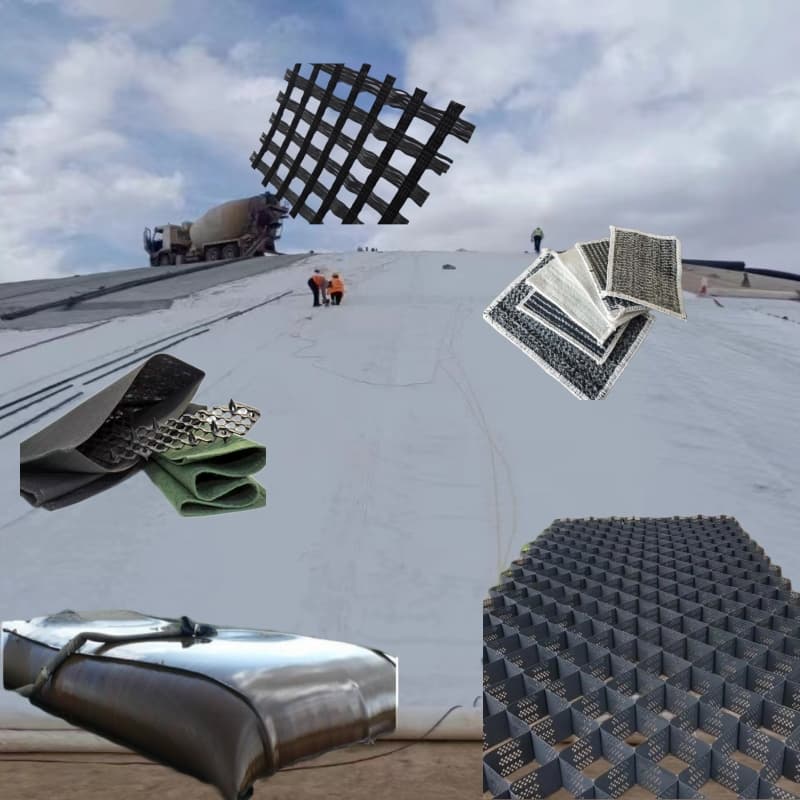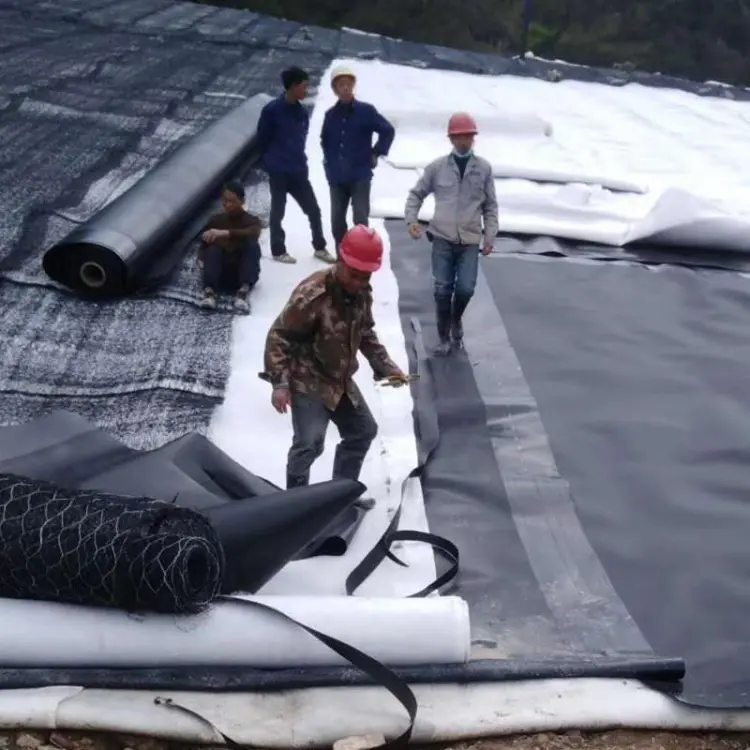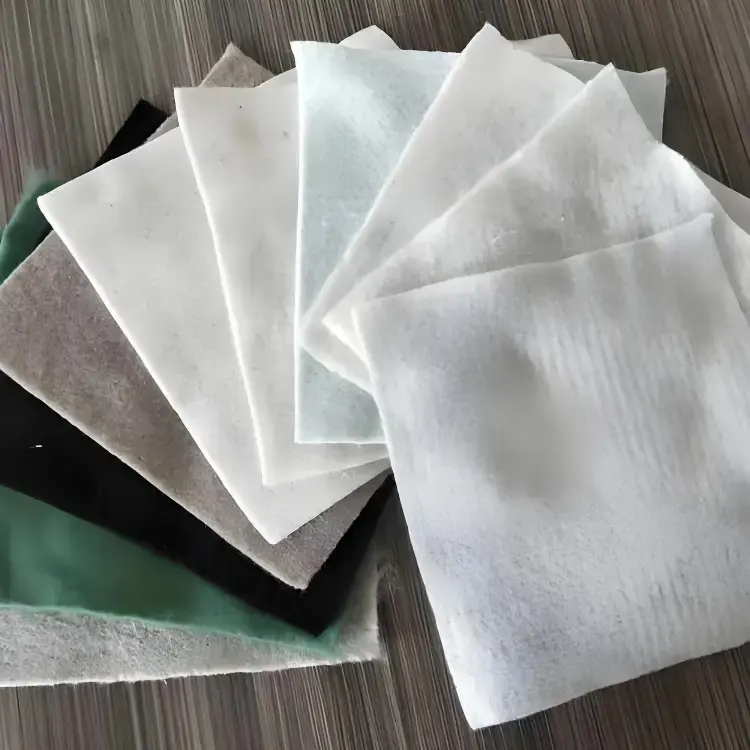In the field of sustainable construction, geosynthetics are increasingly becoming a pivotal force driving industry advancements. These materials not only meet the diverse functional demands of modern building projects but also demonstrate immense potential in environmental sustainability, economic benefits, and technological innovation. The following five reasons illustrate why geosynthetics are essential for the future of sustainable construction:
I. Outstanding Environmental Performance
Geosynthetics offer superior environmental solutions due to their high durability and excellent corrosion resistance. They excel in applications like landfill seepage prevention, contaminated site remediation, and water resource management, reducing reliance on natural resources while minimizing the environmental footprint of engineering projects. For instance, in sponge city initiatives, geosynthetics facilitate rainwater collection, purification, and reuse, effectively addressing urban water scarcity challenges.
II. Significant Economic Benefits
The use of geosynthetics substantially lowers project costs through efficient production processes that reduce demand for traditional building materials. Their high longevity and low maintenance requirements lead to significant long-term savings. Additionally, these materials shorten construction timelines, enhance efficiency, and conserve both time and financial resources across various applications.
 III. Continuous Technological Innovation
III. Continuous Technological Innovation
Advancements in technology are rapidly expanding the performance and versatility of geosynthetics. Newer formulations achieve breakthroughs in strength, durability, and functionality, enabling adaptation to complex engineering environments. Future developments, such as smart geosynthetics with self-sensing and self-healing capabilities, will allow real-time monitoring of structural stress, deformation, and environmental changes, supporting early warnings and informed maintenance decisions.
IV. Multifunctional Integration
Geosynthetics integrate multiple engineering functions—including seepage control, reinforcement, drainage, and filtration—into a single solution. This multifunctional design streamlines construction processes and boosts overall project efficiency. Composite materials, such as those combining geotextiles with geomembranes or geogrids, exemplify how these innovations enhance performance while simplifying implementation.
V. Strong Adaptability
Geosynthetics adapt seamlessly to diverse environmental conditions, such as varying wall materials, heights, and slopes. This flexibility enables customizable designs tailored to specific urban settings, enhancing ecological and aesthetic outcomes. For example, in regions prone to extreme weather or natural disasters, geosynthetics are increasingly vital for flood embankment reinforcement, landslide management, and post-disaster reconstruction, proving indispensable for resilience.
Summary
The prospects for geosynthetics in sustainable construction are extensive. They effectively reduce both project costs and environmental impacts while enabling adaptability to modern building demands through continuous innovation and integrated functionality. As global focus on sustainability intensifies, geosynthetics will play an increasingly critical role in shaping the future of the construction industry.
 III. Continuous Technological Innovation
III. Continuous Technological Innovation
